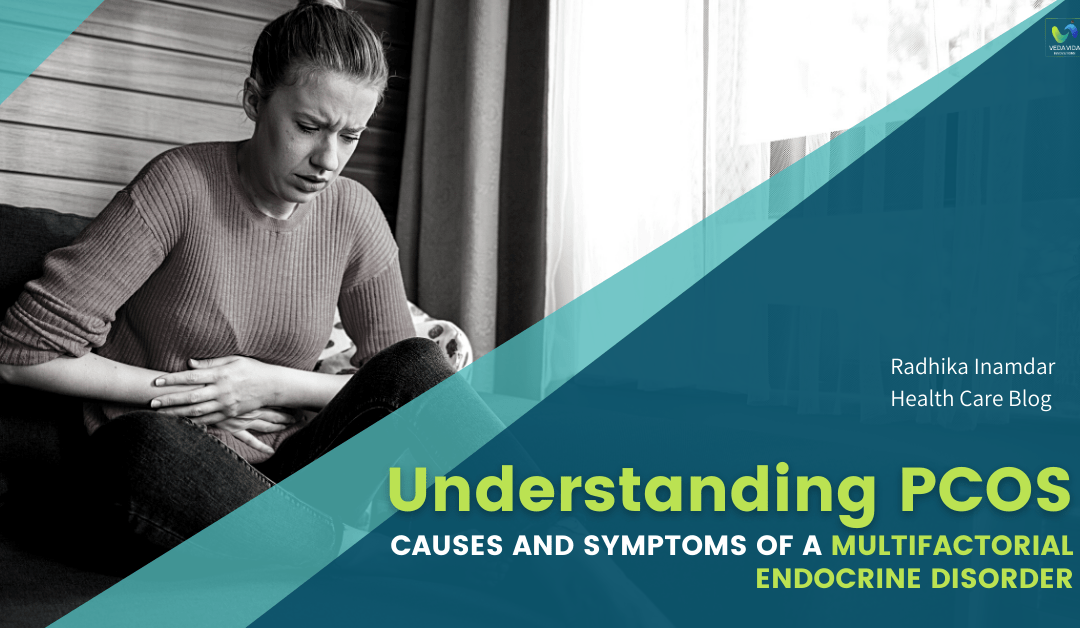Polycystic Ovary Syndrome (PCOS) is a complex endocrine disorder that affects millions of women worldwide. It is a multifactorial condition that can manifest in different ways and can cause a variety of symptoms that can greatly impact a woman’s quality of life. In this blog, we will discuss the four main characteristics of PCOS, which are anovulation, hyperandrogenism, insulin resistance, and polycystic ovarian morphology.
Anovulation
Anovulation is one of the main characteristics of PCOS. It occurs when an egg does not release from the ovary during the menstrual cycle, which can lead to irregular periods or no periods at all. Women with PCOS may also experience difficulty getting pregnant due to the lack of ovulation. Anovulation is caused by the hormonal imbalances that occur in PCOS, which can disrupt the normal functioning of the ovaries.
Hyperandrogenism
Hyperandrogenism is another hallmark of PCOS. It is a condition in which there is an excess of androgen hormones, particularly testosterone, in the bloodstream. This can cause a variety of symptoms, including acne, hirsutism (excessive hair growth), and male pattern baldness. Women with PCOS may also experience a deepening of the voice and an increase in muscle mass. Hyperandrogenism is caused by the overproduction of androgens in the ovaries, adrenal glands, or both.
Insulin Resistance
Insulin resistance is a common characteristic of PCOS. It occurs when the body’s cells become resistant to the effects of insulin, leading to an increase in insulin production. This can cause a variety of symptoms, including weight gain, fatigue, and an increased risk of developing type 2 diabetes. Women with PCOS may also experience difficulty losing weight, despite a healthy diet and regular exercise. Insulin resistance is thought to be caused by the hormonal imbalances that occur in PCOS, particularly the excess production of insulin and androgens.
Polycystic Ovarian Morphology
Polycystic ovarian morphology is the presence of multiple small follicles in the ovaries. These follicles can be seen on an ultrasound and are a characteristic feature of PCOS. The follicles are surrounded by theca cells, which are responsible for producing androgens. The excess androgen production in PCOS can lead to the development of these follicles. Polycystic ovarian morphology is not always present in women with PCOS, and its absence does not rule out the diagnosis.
In conclusion, PCOS is a complex endocrine disorder that can cause a variety of symptoms and impact a woman’s quality of life. The four main characteristics of PCOS are anovulation, hyperandrogenism, insulin resistance, and polycystic ovarian morphology. If you suspect you may have PCOS, it is important to speak with your healthcare provider to discuss your symptoms and develop a treatment plan that is right for you.
